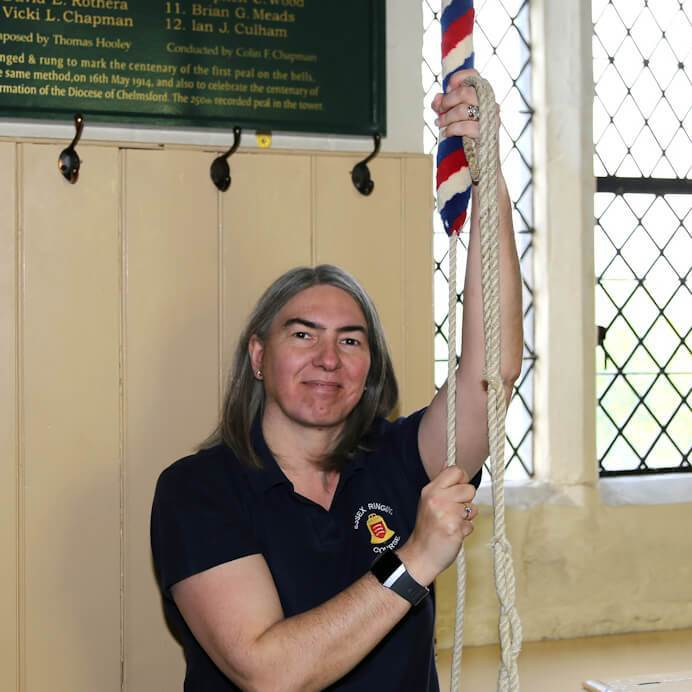Thinking creatively
So this is where it starts getting interesting. Basically, to start with, anything goes. You might have to rule some of it out due to cost, or health and safety etc, but don’t let that stop your creative juices from flowing.
Try to get out of the habit of “We already tried that and it didn’t work”. It didn’t work then, but things and people have moved on, so it might work now. And the other one is “We don’t do things like that around here”.
“If we always do what we’ve always done, then we will always get what we have always got”
... possibly a Henry Ford quote. Be imaginative with imagery, don’t be afraid to use something contemporary and different from the usual picture of someone pulling on the end of a rope that doesn’t appear to be attached to anything, or a bell that looks seems disconnected to the action. Do we want to continue to use the same stuffy images of bell ringers and ringing as we’ve always done, or are we trying to reach new audiences by using evocative images that connect to our objective?
Make sure that you know what the project goals are and keep them in mind. Are you trying to recruit, are you trying to raise funds?
Make sure you have all the facts to hand.If you are raising funds for a restoration project, make sure that you know how much you need to raise, what the project actually entails and so on.
Use your own experiences and expertise to fill in the story, you know the people, the bells, the local community, previous momentous events and inspired.
Look for combinations that tie in with what your objectives are:
- Is the local school having a fete if so could you take along some handbells or a mini ring? Is the town centre having a celebratory day?
- Did you know that a lot of counties have a County Day?
- Could you use this day to organise ringing in all your local towers or your whole Guild with have a go sessions included as a mass recruitment opportunity?
If you find yourself stuck for ideas, or going over the same thing again and again, sleep on it, take a break, do something else for a while. They say our best ideas often come when we least expect them.
Keep a checklist of all your ideas and the pros and cons of each. You can extend it to include the activities involved in each idea, the costs and time associated with each idea.
Always run your ideas by someone else. Preferably someone not connected with it or a non-ringer:
- Does it make sense?
- Does it grab attention?
Particularly if you are writing an article or producing a leaflet or other materials, always get someone to proofread it before sending it off.
Come up with ideas together. Creativity sparks creativity. Someone may have the nub of an idea but someone else may be able to see how that could develop and become a bigger and better idea, but be careful, don’t make the team too large otherwise you’ll never get anything done and may spin around in "group think” where no new ideas are generated.

Vicki Chapman, CCCBR PRO